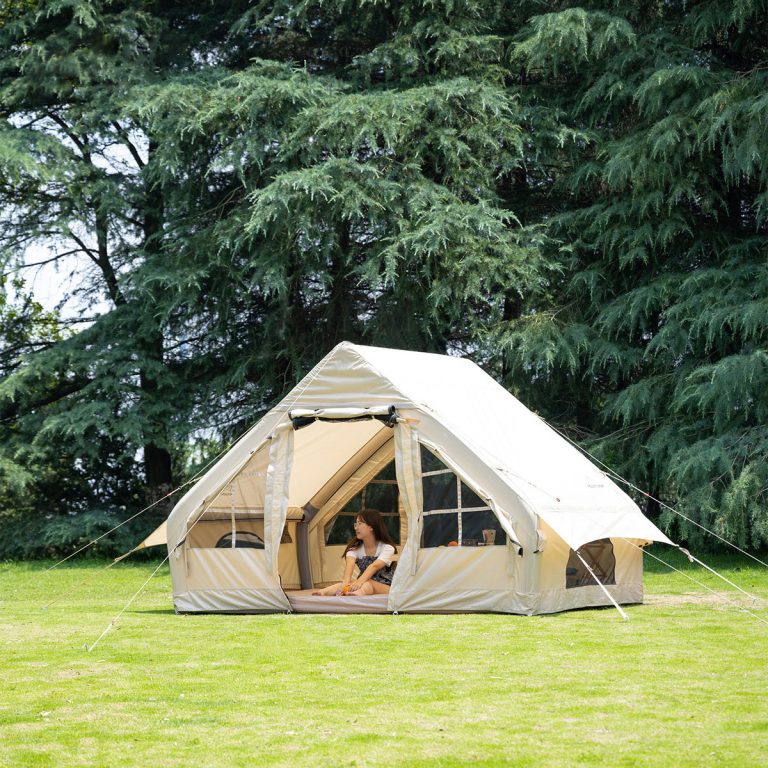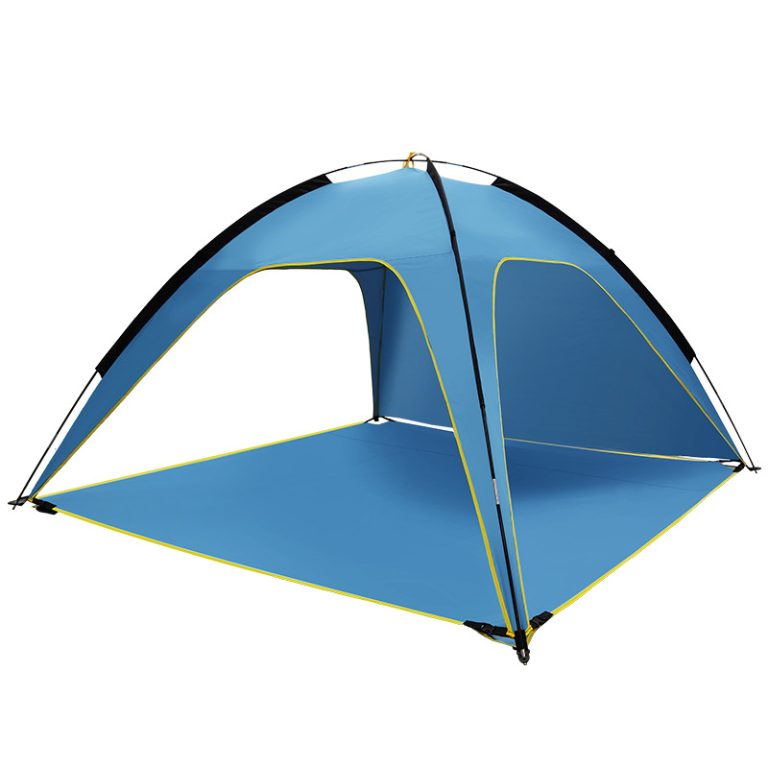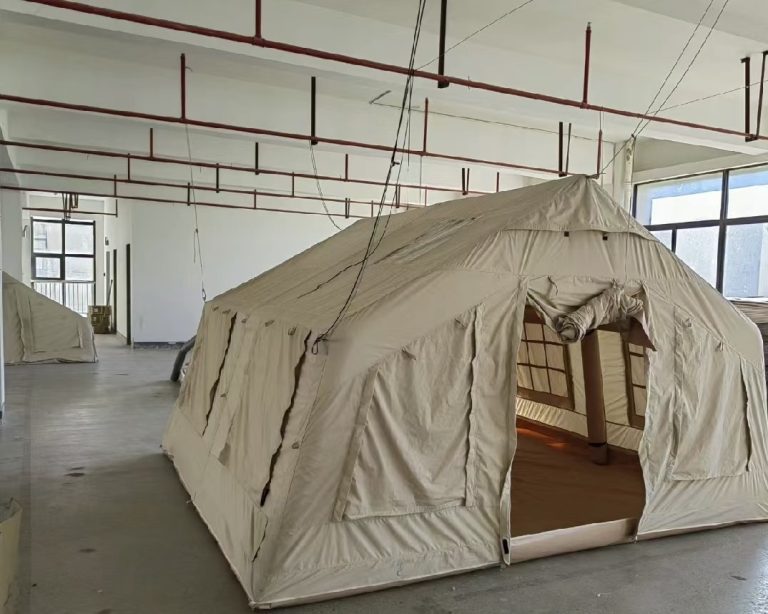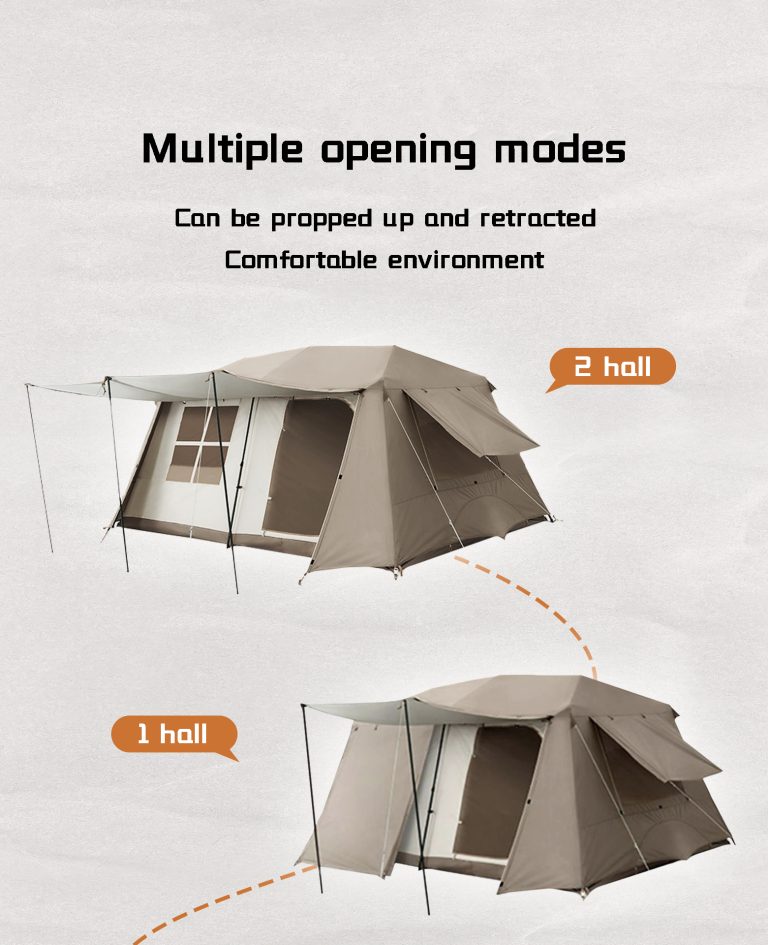Table of Contents
فوائد استخدام خيمة الظهر فوق قماش القنب
عندما يتعلق الأمر باختيار مأوى لرحلة الظهر، هناك مجموعة متنوعة من الخيارات المتاحة. هناك خياران شائعان هما الخيام والأقمشة. في حين أن كلاهما له مميزاته، إلا أن هناك العديد من الفوائد لاستخدام خيمة الظهر فوق قماش القنب.
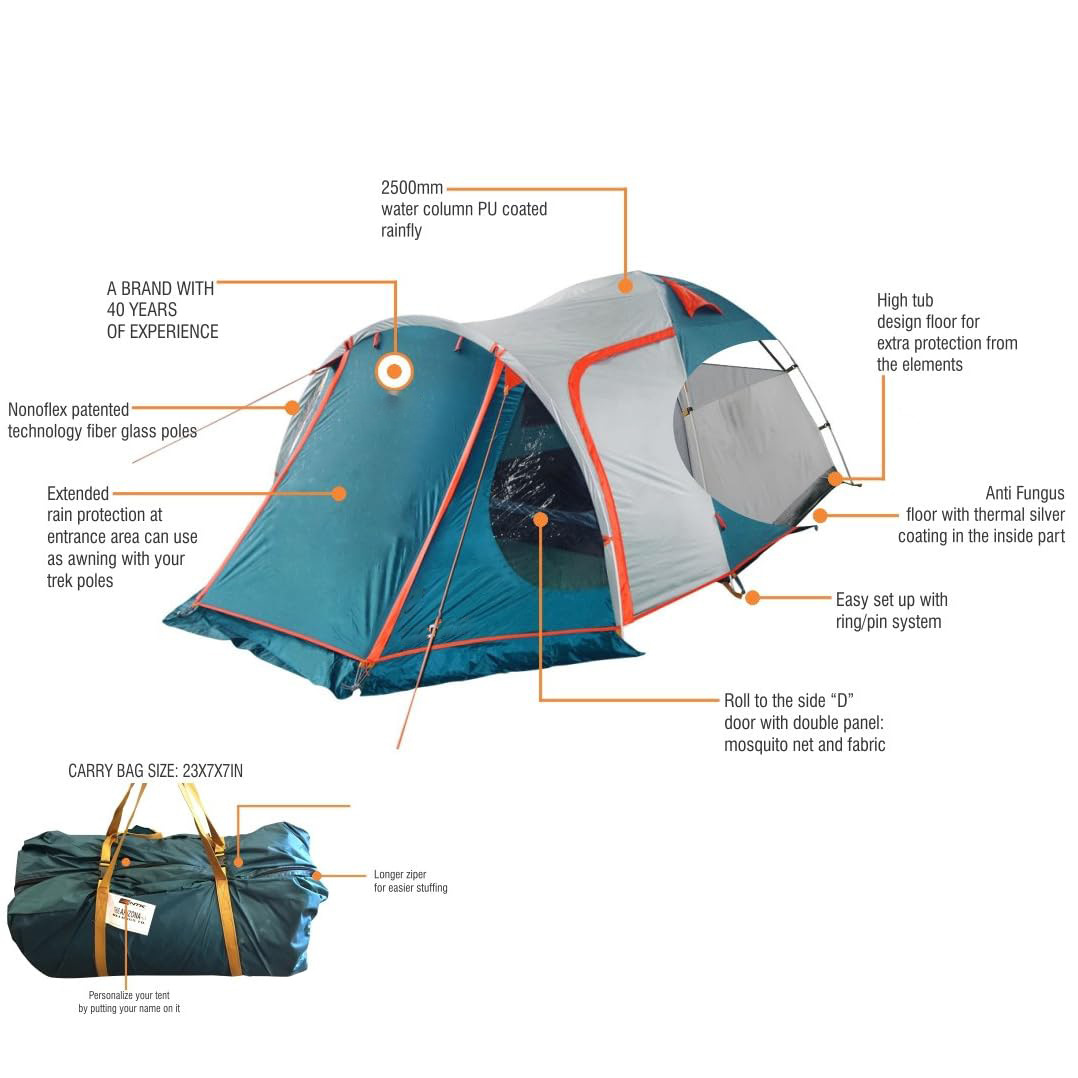
خيمة الظهر المنبثقة
| خيمة نيمو تشوجوري 2 | الخيمة والديكور الخفيف | أوزارك درب 3 أشخاص خيمة إطار |
| الخيام الصينية | عندما تشرق الشمس معا | في الختام، في حين أن كلاً من خيام الظهر والقماش لها مزاياها، إلا أن هناك العديد من الفوائد لاستخدام خيمة الظهر فوق قماش القنب. توفر الخيام حماية أفضل من العناصر، وتضيف الخصوصية والأمان، وسهولة الإعداد والإزالة، وحماية أفضل من الحشرات والحياة البرية. إذا كنت تخطط لرحلة بحقيبة الظهر وتحاول الاختيار بين الخيمة والقماش، ففكر في فوائد استخدام الخيمة واختر الخيار الذي يناسب احتياجاتك وتفضيلاتك. |
أسباب تفضيل بعض الرحالة استخدام قماش القنب بدلاً من الخيمة
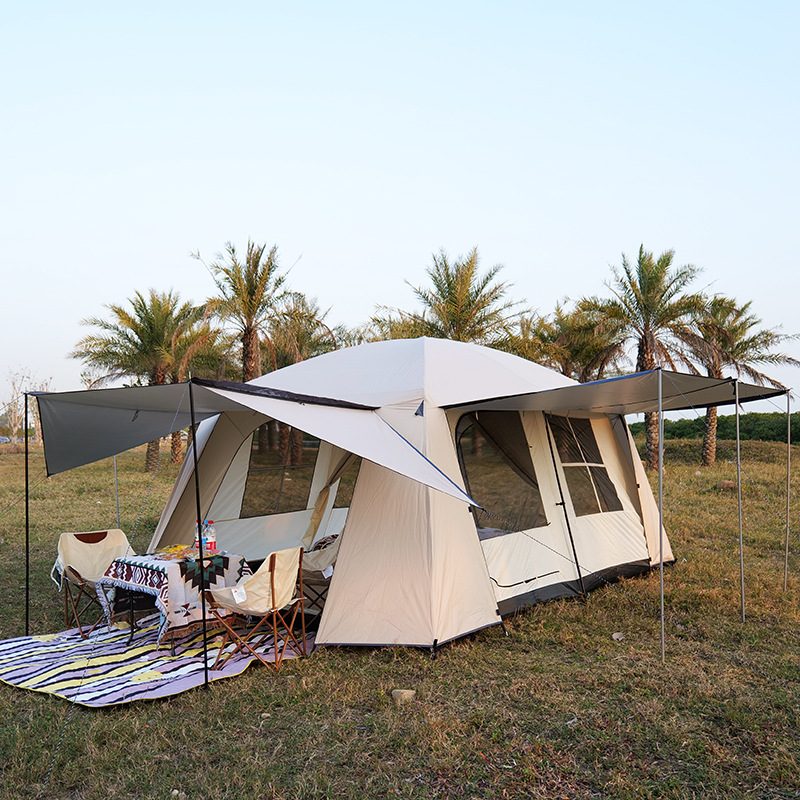
خيمة أوتوماتيكية
خيمة عائلية كبيرة
خيمة عائلية
| خيمة جبلية | علاوة على ذلك، غالبًا ما تكون الأقمشة أقل تكلفة من الخيام، مما يجعلها خيارًا جذابًا للرحالة ذوي الميزانية المحدودة. في حين أن الخيام عالية الجودة يمكن أن تكون باهظة الثمن، إلا أن الأقمشة غير مكلفة نسبيًا ويمكن العثور عليها بجزء صغير من التكلفة. هذه القدرة على تحمل التكاليف تجعل من قماش القنب خيارًا رائعًا للرحالة المبتدئين أو أولئك الذين يتطلعون إلى ترقية معداتهم دون إنفاق أموال كثيرة. على الرغم من المزايا العديدة لاستخدام قماش القنب بدلاً من الخيمة، إلا أن هناك بعض العيوب التي يجب وضعها في الاعتبار. توفر الأقمشة حماية أقل من العناصر مقارنة بالخيام، لأنها لا توفر مأوى مغلقًا بالكامل. في حين أن الأقمشة يمكن أن توفر الحماية الكافية من المطر والرياح عند نصبها بشكل صحيح، إلا أنها قد لا توفر نفس مستوى الأمان والراحة الذي توفره الخيمة في الظروف الجوية القاسية. بالإضافة إلى ذلك، يمكن أن يكون تركيب قماش القنب أكثر صعوبة ويتطلب المزيد من المهارة والتمرين للترويج بفعالية. والتنوع والتهوية والقدرة على تحمل التكاليف. من خلال اختيار قماش القنب فوق الخيمة، يمكن للرحالة الاستمتاع بمأوى خفيف الوزن وقابل للتخصيص يسمح لهم بالتواصل مع الطبيعة وتجربة جمال الريف بطريقة فريدة وغامرة. |
| family tent | Mountain tent |
In addition to weight savings, tarps also offer more versatility and flexibility in terms of setup. Tents are typically designed for a specific number of occupants and have a fixed shape and size. Tarps, on the other hand, can be set up in a variety of configurations, allowing backpackers to customize their shelter to suit their needs and the conditions of their campsite. Whether you prefer a traditional A-frame setup, a lean-to, or a more creative design, tarps offer endless possibilities for creating a comfortable and functional shelter in the backcountry.
Another advantage of using a tarp instead of a tent is improved ventilation and airflow. Tents can sometimes feel stuffy and claustrophobic, especially in hot and humid conditions. Tarps, on the other hand, provide excellent airflow and ventilation, allowing backpackers to stay cool and comfortable throughout the night. This increased airflow can also help reduce condensation inside the shelter, keeping gear and clothing dry and preventing the buildup of moisture that can lead to mold and mildew.
Despite the many advantages of using a tarp instead of a tent, there are some drawbacks to consider. Tarps offer less protection from the elements compared to tents, as they do not provide a fully enclosed shelter. While tarps can provide adequate protection from rain and wind when properly pitched, they may not offer the same level of security and comfort as a tent in extreme weather conditions. Additionally, tarps can be more challenging to set up and require more skill and practice to pitch effectively.
In conclusion, while both backpacking tents and tarps have their own set of advantages and disadvantages, some backpackers prefer using a tarp for its weight savings, versatility, ventilation, and affordability. By choosing a tarp over a tent, backpackers can enjoy a more lightweight and customizable shelter that allows them to connect with nature and experience the beauty of the backcountry in a unique and immersive way.

